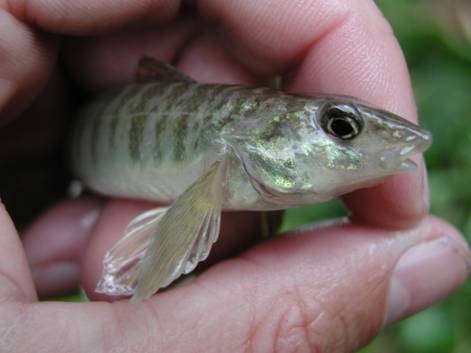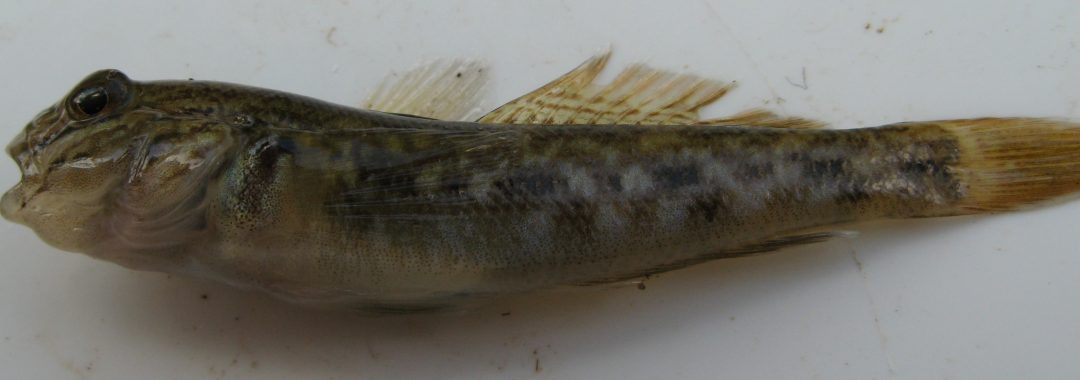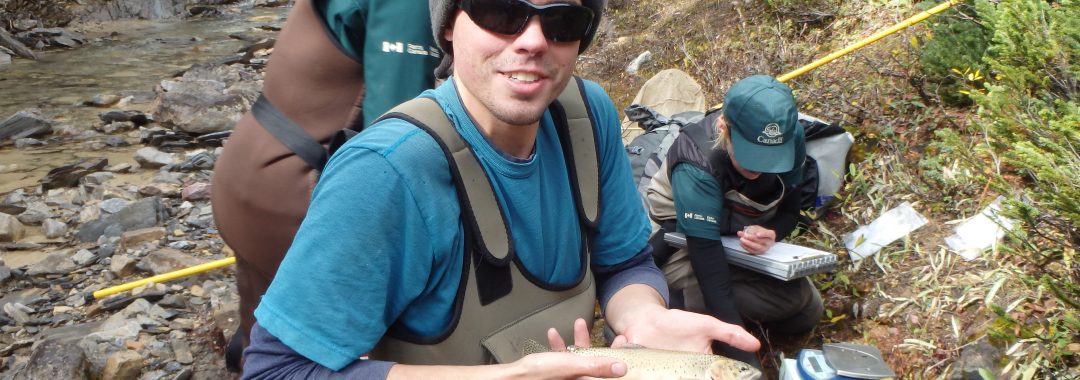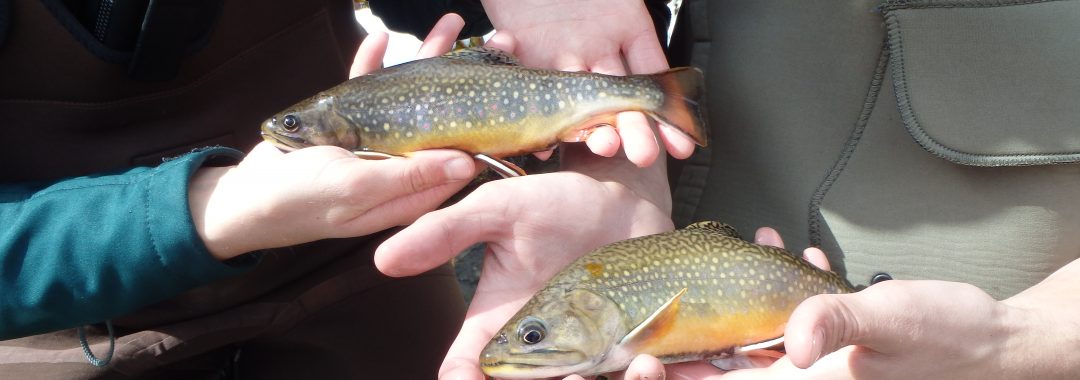Abstract:
Unionid mussels are highly imperiled and the survival of their local populations is linked to the availability and dispersal potential of their host fish. We examined the displacement distance of logperch (Percina caprodes), which are obligate host fish for endangered snuffbox mussels (Epioblasma triquetra), to determine the dispersal potential by fish. Logperch in the Sydenham River, Ontario, Canada, were electrofished and marked with visible implant elastomer on five sampling dates during the gravid period of E. triquetra. The majority of all recaptures (82%) of P. caprodes occurred within 30 m of their original capture location, with a mean displacement distance of 13 ± 3 m (mean ± standard error, n = 28). These results were consistent with a review of movement studies of small benthic host fish (i.e., darters and sculpins), which revealed average fish displacement distances of 37 ± 19 m (n = 14 species; range: 4–275 m). However, significantly greater movement distances were also found and the maximum displacement distance increased significantly with the spatial extent of the study and with the duration of the study. These results indicate that many P. caprodes remain in a small area, which could restrict the dispersal and (re)colonization potential of E. triquetra. Further studies are needed to determine the dispersal potential of mussels via host fish, which may be important for maintaining the connectivity among unionid populations.
Citation: Schwalb, A.J., Poesch, M.S., and Ackerman, J. 2011. Movement of logperch—the obligate host fish for endangered snuffbox mussels: implications for mussel dispersal. Aquatic Sciences 73: 223-231.
Also Read:







